Scientists have reconstructed the face of a Bronze Age woman (4,200 years ago) from remains excavated in a quarry in Scotland.
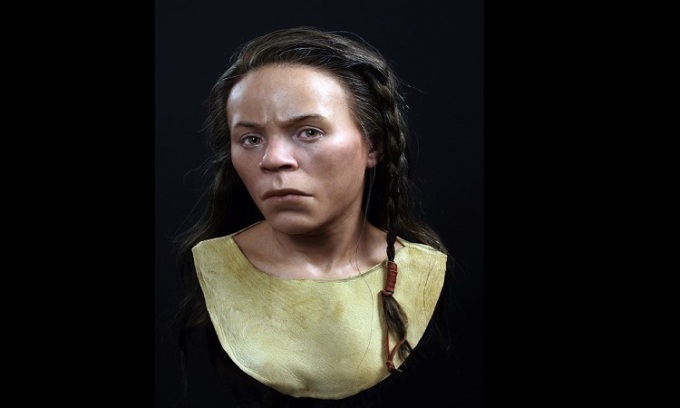
The face of a woman in her 20s in an early Bronze Age grave. Photo: Oscar Nilsson
More than 4,000 years ago, a young woman died in what is now Scotland and was buried in a squatting position in a paved grave. The grave remained intact for millennia until excavators in a quarry accidentally uncovered her remains in 1997. Little is known about the woman, nicknamed the Upper Largie Woman, after the Upper Largie Quarry. But new reconstructions reveal what the tomb's occupant looked like during the early Bronze Age, Live Science reported on September 24.
The bust, which was unveiled on September 3 at the Kilmartin Museum in Scotland, shows a young woman with dark braided hair and a deerskin dress. She appears to be looking at another person nearby. The image was the work of Oscar Nilsson, a forensic artist in Sweden.
After discovering Upper Largie Woman, analysis of her bones and teeth revealed that she likely died in her early 20s and suffered from illness or malnutrition. Radiocarbon dating showed that she lived around 1500-2200 BC, the early Bronze Age. Meanwhile, examination of different isotopes of strontium and oxygen from the remains suggested that the deceased grew up in Scotland, but the team did not obtain a DNA sample, so they do not know her racial characteristics, including her skin tone, eye color, and hair.
However, the archaeologists found several pieces of Beaker pottery in the grave, suggesting that the girl belonged to the Beaker culture. This culture originated in Central Europe with ancestors from the Eurasian steppe. The Beaker culture arrived in Britain around 2400 BC. DNA evidence suggests that the Beaker culture replaced much of the British population, including Neolithic communities that built monuments like Stonehenge.
To reconstruct the Upper Largie Woman, the woman’s skull was CT-scanned and then 3D-printed in Scotland. However, Nilsson said the remains were missing a lower jaw and the left side of the skull was severely fractured. So the first thing he did was reconstruct the left side of the skull, then create a jawbone based on speculation. Next, Nilsson considered the woman’s age, gender, weight, and race, as these factors helped determine tissue thickness.
Nilsson selected modern individuals who matched the Upper Largie Woman from a modern census, then used their tissue measurements to begin carving the reconstruction. Markers placed on the replica skull allowed him to measure the tissue and cover it with plasticine to create the facial muscles. Based on the contours of the skull, Nilsson noted that the woman’s eyes were slightly set apart, and her nose was flared and slightly turned up. She also had a rounded forehead and a wide mouth.
An Khang (According to Live Science )
Source link



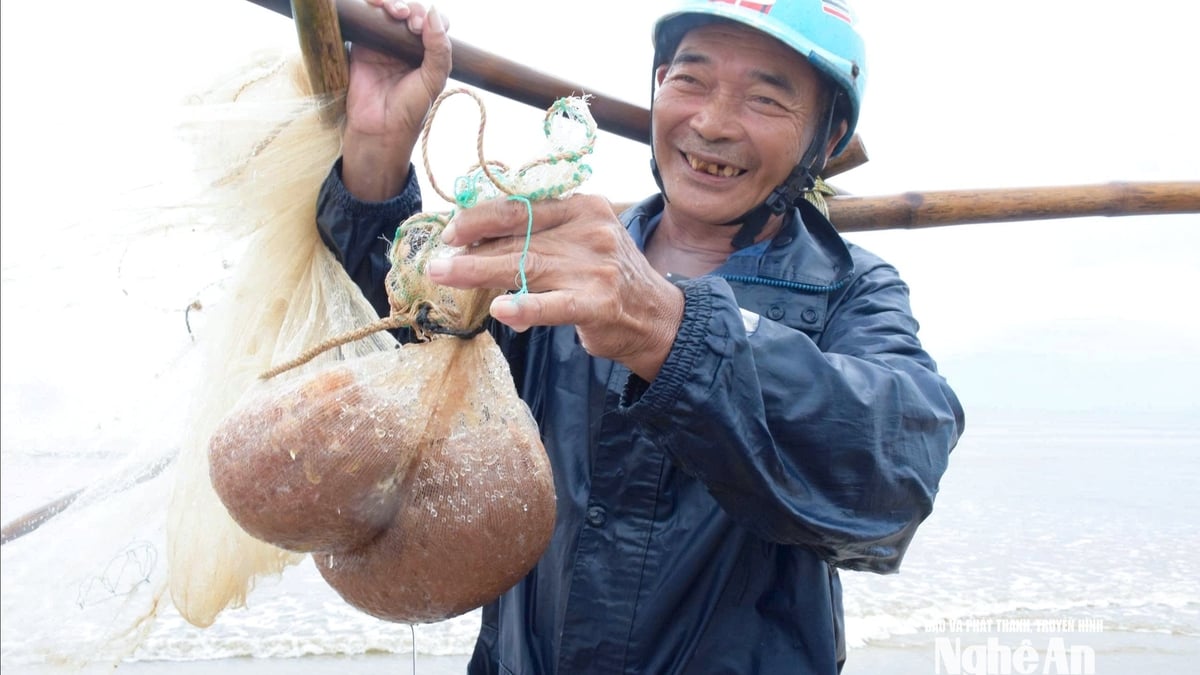
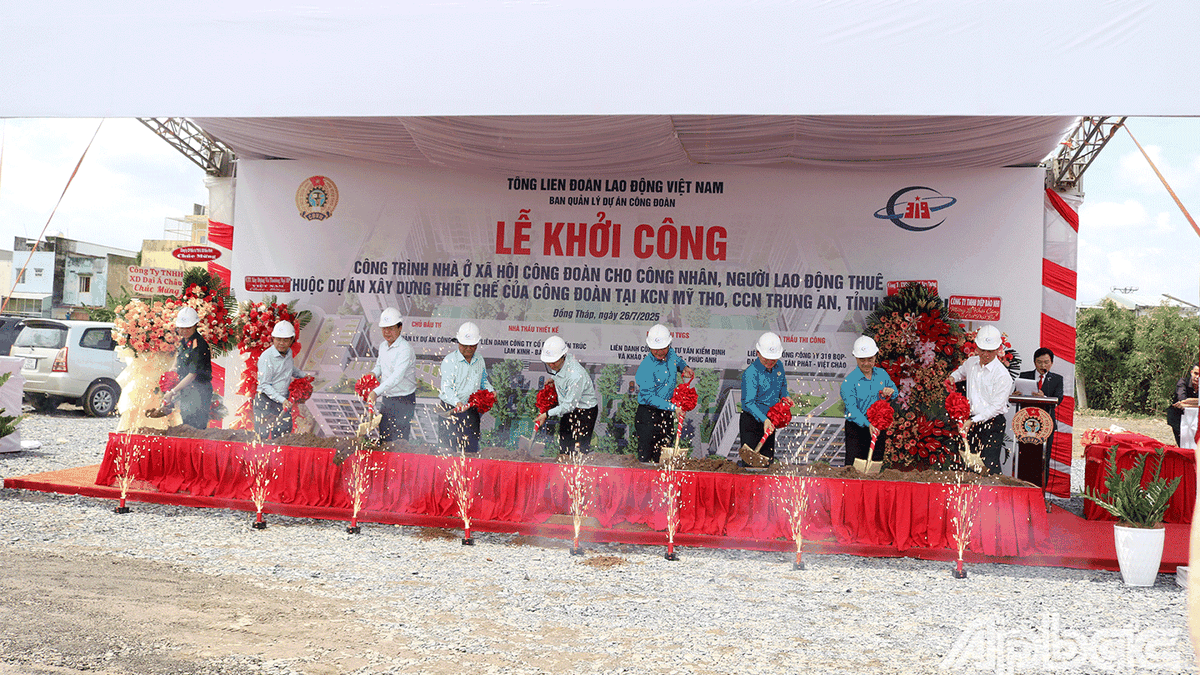


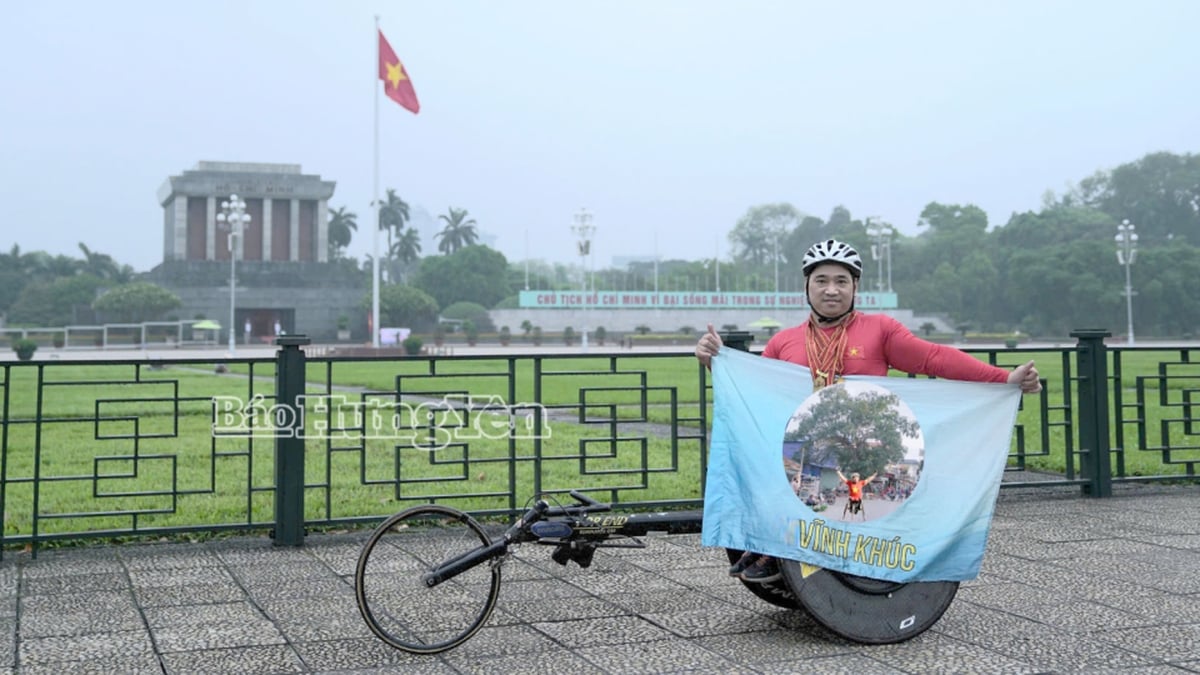



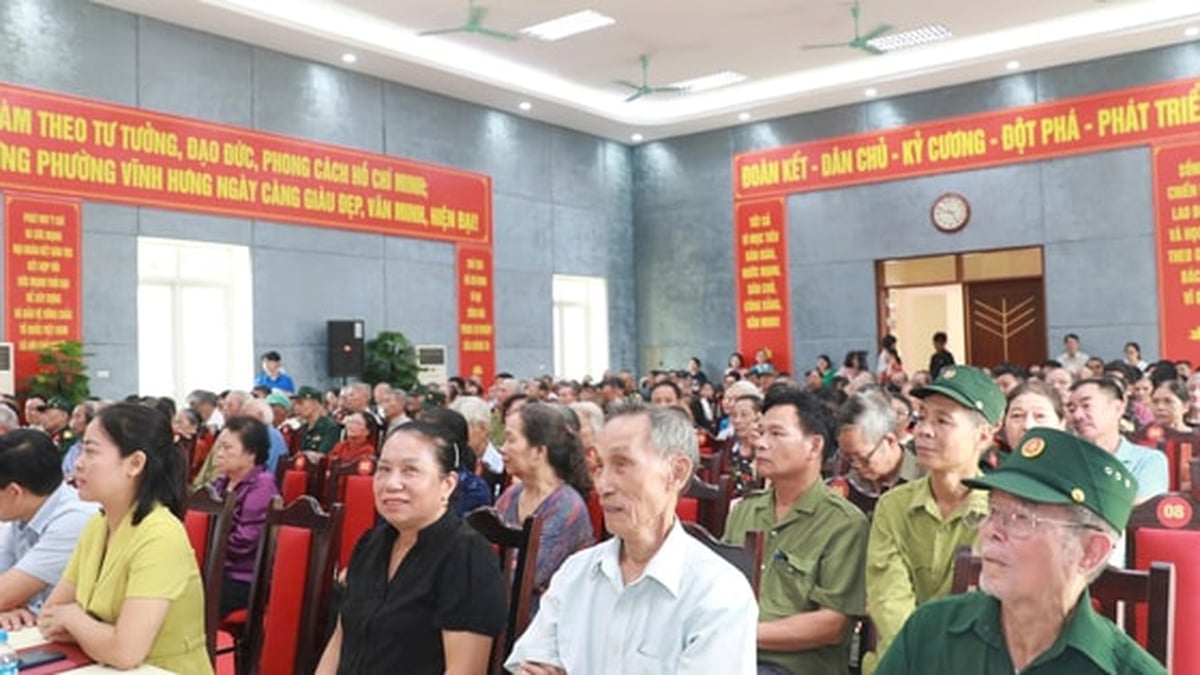


















![[Photo] Signing of cooperation between ministries, branches and localities of Vietnam and Senegal](https://vphoto.vietnam.vn/thumb/1200x675/vietnam/resource/IMAGE/2025/7/24/6147c654b0ae4f2793188e982e272651)

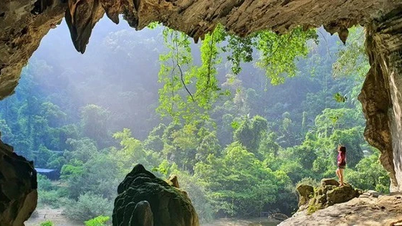

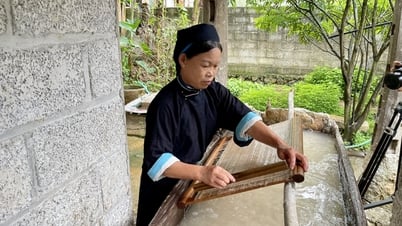

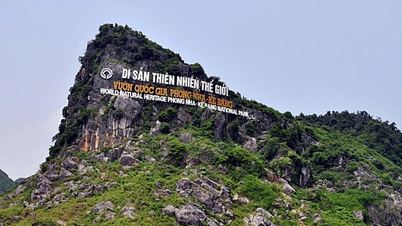












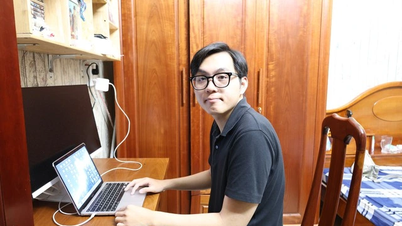



















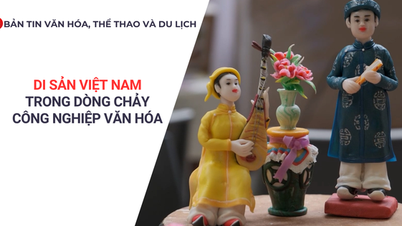







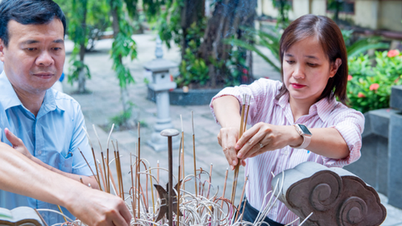























Comment (0)